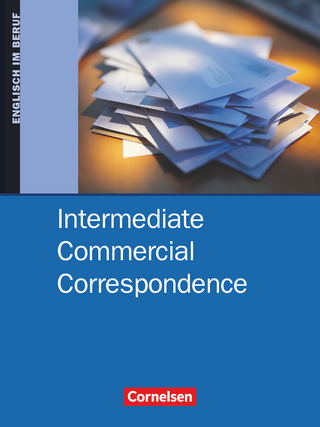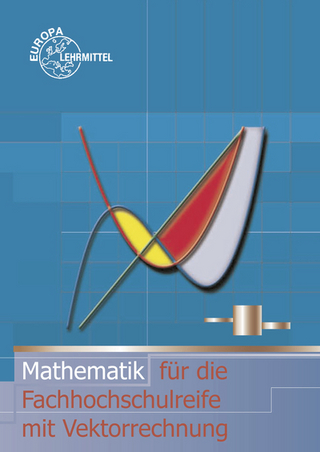
Software Pioneers
Springer Berlin (Verlag)
978-3-540-43081-0 (ISBN)
- Titel gebraucht verfügbar
- Artikel merken
Dr. rer. nat. Manfred Broy studierte Mathematik und Informatik 1971-76 an der Technischen Universität München. Dort 1976-80 wissenschaftlicher Mitarbeiter im Sonderforschungsbereich 49 'Programmiertechnik' der DFG. 1980 Promotion, ab 1980 wisschenschaftlicher Assistent und 1982 Habilitation in Informatik an der TU München. 1983 ordentlicher Professor für Informatik und Gründungsdekan an der Fakultät für Mathematik und Informatik der Universität Passau. Seit 1989 ordentlicher Professor für Informatik an der TU München. 1994 Leibniz-Preis der DFG.
Software Engineering — From Auxiliary to Key Technology.- The Relevance of the Software Pioneers for sd&m.- From the Stack Principle to ALGOL.- Sequentielle Formelübersetzung.- Verfahren zur automatischen Verarbeitung von kodierten Daten und Rechenmaschinen zur Ausübung des Verfahrens.- The Roots of Object Orientation: The Simula Language.- Class and Subclass Declarations.- Pascal and Its Successors.- The Programming Language Pascal.- Program Development by Stepwise Refinement.- The IBM Operating System/360.- The Functional Structure of OS/360.- Graphical User Interfaces.- B-Trees and Databases, Past and Future.- Organization and Maintenance of Large Ordered Indexes.- A Relational Model of Data for Large Shared Data Banks.- Entity-Relationship Modeling: Historical Events Future Trends and Lessons Learned.- The Entity Relationship Model — Toward a Unified View of Data.- EWD 1308: What Led to “Notes on Structured Programming”.- Solution of a Problem in Concurrent Programming Control.- Go To Statement Considered Harmful.- Assertions: A Personal Perspective.- An Axiomatic Basis for Computer Programming.- Proof of Correctness of Data Representations.- The Secret History of information Hiding.- On the Criteria to Be Used in Decomposing Systems into Modules.- On a “Buzzword”: Hierarchical Structure.- Abstract Data Types, Then and Now.- Abstract Data Types and the Development of Data Structures.- JSP in Perspective.- Constructive Methods of Program Design.- Structured Analysis: Beginnings of a New Discipline.- Structure Analysis and System Specification.- A History of Software Inspections.- Design and Code Inspections to Reduce Errors in Program Development.- Advances in Software Inspections.- Early Experiences in Software Economics.- Software Engineering Economics.- Design Patterns — Ten Years Later.- Design Patterns: Abstraction and Reuse of Object-Oriented Design.
| Erscheint lt. Verlag | 27.6.2002 |
|---|---|
| Zusatzinfo | 728 p. With DVD. |
| Verlagsort | Berlin |
| Sprache | englisch |
| Maße | 170 x 242 mm |
| Gewicht | 1370 g |
| Themenwelt | Mathematik / Informatik ► Informatik ► Software Entwicklung |
| Schlagworte | data structure • data structures • Design • documentation • formal methods • History of Computing • Informatik, Geschichte • Modeling • obejct technology • operating system • program analysis • programming • Programming Languages • Requirements Engineering • software architecture • software development • Software engineering • Software Engineering / Softwareentwicklung • Softwareentwicklung • software maintenance • Software Patterns • structured analysis • Systems Design • systems Development • Systems Specification • Verifications |
| ISBN-10 | 3-540-43081-4 / 3540430814 |
| ISBN-13 | 978-3-540-43081-0 / 9783540430810 |
| Zustand | Neuware |
| Informationen gemäß Produktsicherheitsverordnung (GPSR) | |
| Haben Sie eine Frage zum Produkt? |
aus dem Bereich



